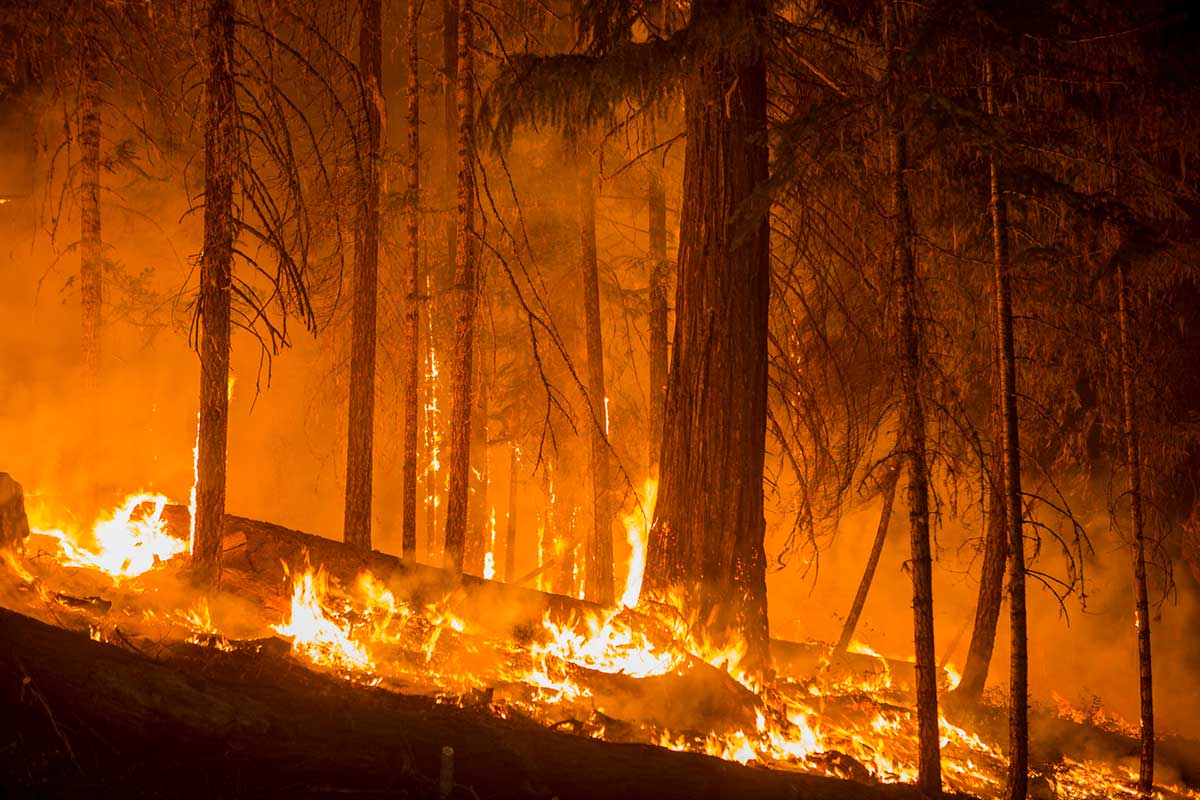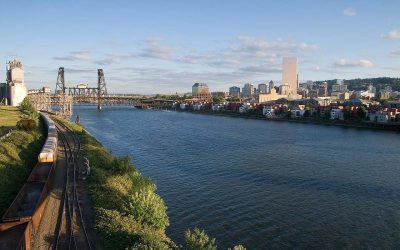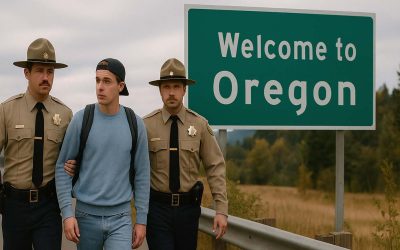Recently, I revisited Cougar Hot Springs, a place I hadn't seen since my teenage years. The transformation was startling. Where once lush greenery enveloped the pools, now stood a forest of charred trees, remnants of the devastating Terwilliger Fire of 2018. The serene ambiance had been replaced by an eerie silence, the landscape scarred and blackened. This stark scene prompted me to delve into Oregon's history of wildfire management and understand how our practices have changed over time.
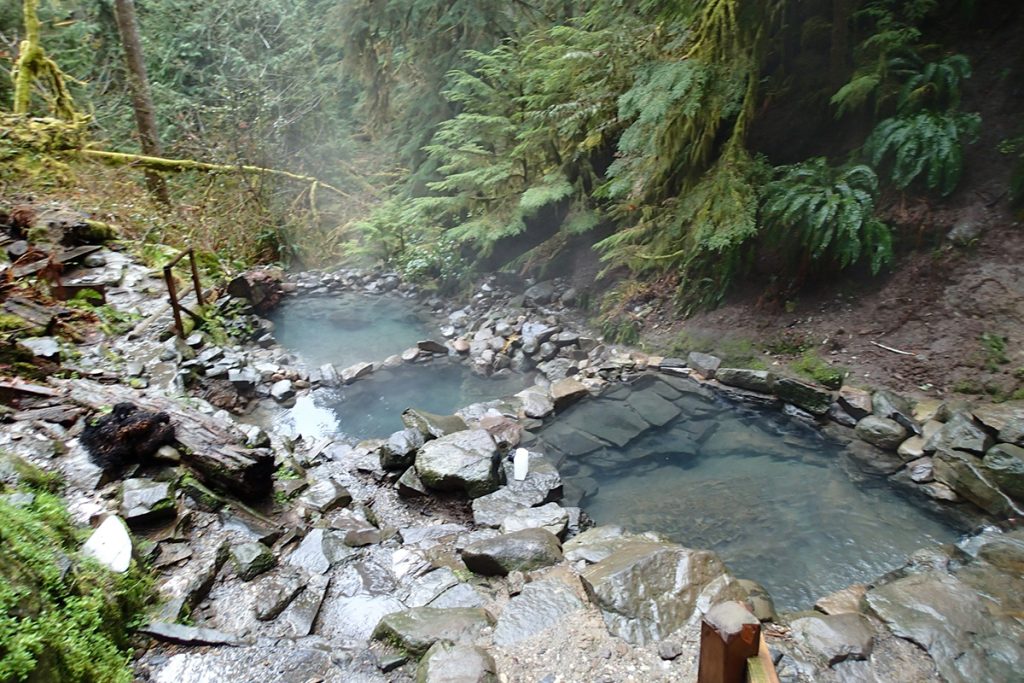
A Narrow Escape Amidst the Flames
The Terwilliger Fire didn't just alter the landscape; it also brought harrowing experiences for visitors. In August 2018, Robert Noble and his 10-year-old son, Parker, were soaking in the hot springs when they noticed smoke. Within moments, they found themselves fleeing for their lives as flames rapidly approached. Their narrow escape underscores the unpredictable and ferocious nature of wildfires.
Oregon’s Other Major Fires in Recent Years
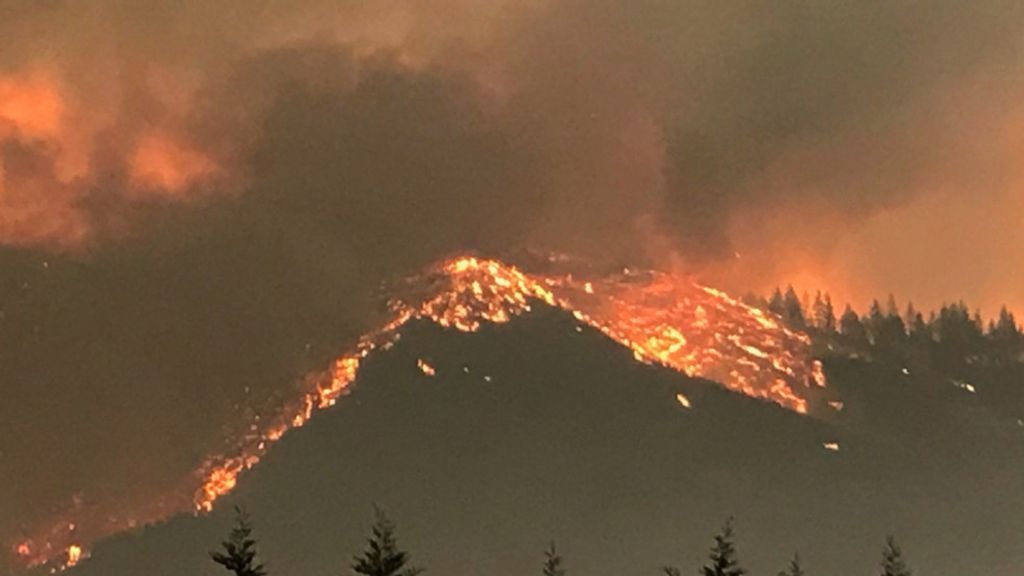
The Terwilliger Fire, said to be human caused, was just one of many catastrophic wildfires Oregon has faced in the past decade. The 2020 Holiday Farm Fire devastated the McKenzie River corridor, destroying hundreds of homes and businesses. The 2017 Eagle Creek Fire in the Columbia River Gorge, started by a firework, scorched nearly 50,000 acres of one of Oregon’s most scenic areas. The Beachie Creek Fire in 2020 tore through Santiam Canyon, leveling entire communities, while the Almeda Fire wreaked havoc in southern Oregon, wiping out thousands of homes in Talent and Phoenix. Each of these fires serves as a grim reminder of how unprepared we are to manage wildfire risks effectively.
From Indigenous Wisdom to Industrial Logging
For millennia, Native American tribes in Oregon used controlled burns to manage the land. These intentional fires reduced underbrush, promoted healthy ecosystems, and minimized the risk of large-scale wildfires. However, with European settlement came a shift in perspective. The early 20th century saw the U.S. government adopting aggressive fire suppression policies, notably the "10 a.m. policy," which aimed to extinguish all fires by the morning after detection. This approach, while well-intentioned, led to an accumulation of fuels in forests, setting the stage for more intense fires.
For over a century, the American environmental movement has been animated by an intuitive and simple idea: Protecting trees means leaving forests alone. This stance—championed by figures like John Muir—was based on the belief that any alteration, including thinning or intentional burning, of wilderness harms it. While this ideology helped prevent widespread destruction by timber companies, it also created unintended consequences. Research now shows that overgrown forests are fueling unnaturally severe wildfires, causing irreparable ecological damage and massive economic loss.
Indigenous people of California and the Pacific Northwest developed complex land stewardship practices, increasing the density of edible plants, nuts, and seeds at scales unimaginable today. Enrique Salmon, author of Iwígara: American Indian Ethnobotanical Traditions and Science, refers to these traditional practices as “land gardening”, creating mosaics of large trees interspersed with shrubs and grasses. This landscape diversity not only promotes biodiversity but also reduces fire intensity.
However, beginning in the early 19th century, colonization displaced Indigenous communities, and their controlled burns were outlawed. The U.S. Forest Service was founded in 1905 with fire suppression as a core policy, and by the 1930s, the government sought to extinguish all fires by 10 a.m. the next day. This fundamental shift in land management altered Western forests dramatically.
Before European settlers arrived, a single acre of forested land at Pepperwood Preserve sustained around 100 trees of varying sizes. Today, that same acre holds nearly 1,000 smaller, weaker trees, starved for sunlight, nutrients, and water—creating a landscape primed for megafires. Scientists now overwhelmingly support ecological thinning—the selective cutting of smaller trees and undergrowth—followed by prescribed burns to recycle nutrients and reduce fuel loads.
The Shift Away from Fire Management
By the late 20th century, fire suppression had become the default approach. Federal and state agencies, fearing liability and public backlash, largely abandoned controlled burns. Instead, they focused on extinguishing every fire as quickly as possible. Environmental concerns about air quality and habitat protection also played a role, as did funding constraints that left many forest management programs under-resourced.
A key issue remains limited funding. Budget cuts to state and federal land management agencies have reduced the resources available for proactive fire prevention. Prescribed burns and forest thinning require manpower, planning, and ongoing maintenance—all of which depend on funding that has not kept pace with the growing wildfire crisis. Additionally, bureaucratic red tape often stalls projects that could mitigate fire risk, as agencies must navigate lengthy environmental reviews and liability concerns before carrying out controlled burns.
Insurance and legal concerns further complicate matters. The risk of prescribed burns getting out of control has led to strict liability laws, discouraging private landowners and even government agencies from conducting necessary fire management practices. In some cases, lawsuits have followed when prescribed burns accidentally damaged property, creating further reluctance to use this critical tool. Additionally, logging restrictions, aimed at protecting certain species and preserving untouched wilderness, have led to fewer proactive thinning projects. While conservation efforts are essential, they have, in some cases, limited the ability to remove fuel loads that contribute to massive wildfires.
Political Factors Affecting Wildfire Management in Oregon
Political considerations have significantly influenced wildfire management in Oregon, shaping policies on prevention, funding, and forest management. While the need for improved wildfire mitigation is widely recognized, legislative gridlock, environmental regulations, and partisan divisions have slowed progress.
In 2020, Governor Kate Brown introduced Senate Bill 1536, which aimed to allocate more resources for wildfire mitigation, including bolstering firefighting capabilities and improving evacuation plans. However, the bill became entangled in broader political disputes when Republican lawmakers staged a walkout over a separate cap-and-trade proposal aimed at reducing carbon emissions. Their absence denied the legislature the quorum necessary to pass bills, effectively stalling all wildfire-related legislation. Senate Minority Leader Fred Girod, who later lost his home in the Beachie Creek Fire, criticized environmental regulations for impeding effective forest management, arguing that excessive restrictions had worsened wildfire conditions.
By integrating both modern science and traditional Indigenous knowledge, Oregon has the potential to restore the balance lost through decades of mismanagement. The challenge remains: will we act before it’s too late?
Sources
If you’d like to read more about this topic, here are some sources that contributed to this article:
- U.S. Forest Service Historical Fire Policy Reports
- Oregon Department of Forestry: Wildfire Prevention and Management Programs
- Indigenous Fire Management Practices: Research from Oregon State University
- The National Interagency Fire Center: Fire Suppression Costs and Budget Constraints
- Environmental Policy and Wildfire Management Studies from the University of Oregon
- Oregon Politics Stymie Action on Climate and Wildfires – Climate XChangeOregon Lawmakers Debate Wildfire Prevention and Logging Policies – Oregon Capital ChronicleWildfire Protection Funding and Timber Industry Debate – OPB
- John Muir and Early Conservation Ideals – National Park Service
- NASA: Climate Change Effects on Wildfires
- Pepperwood Preserve’s Indigenous Stewardship Program
- Enrique Salmon’s Iwígara: American Indian Ethnobotanical Traditions and Science
- U.S. Forest Service History
- National Interagency Fire Center: Wildfire Data

